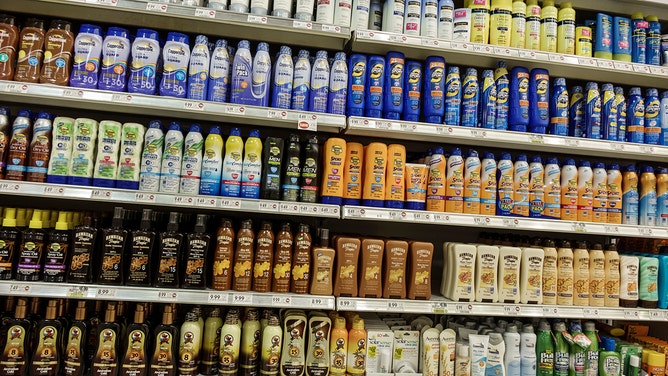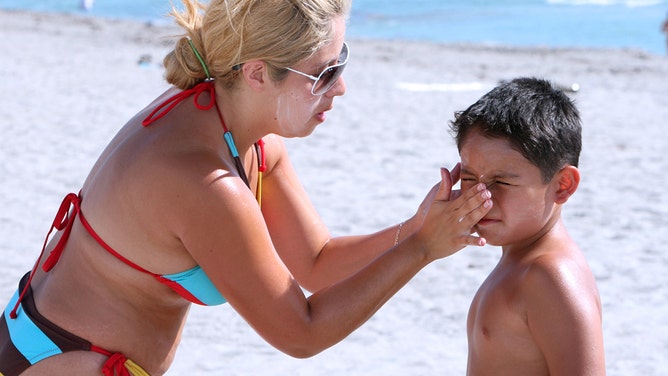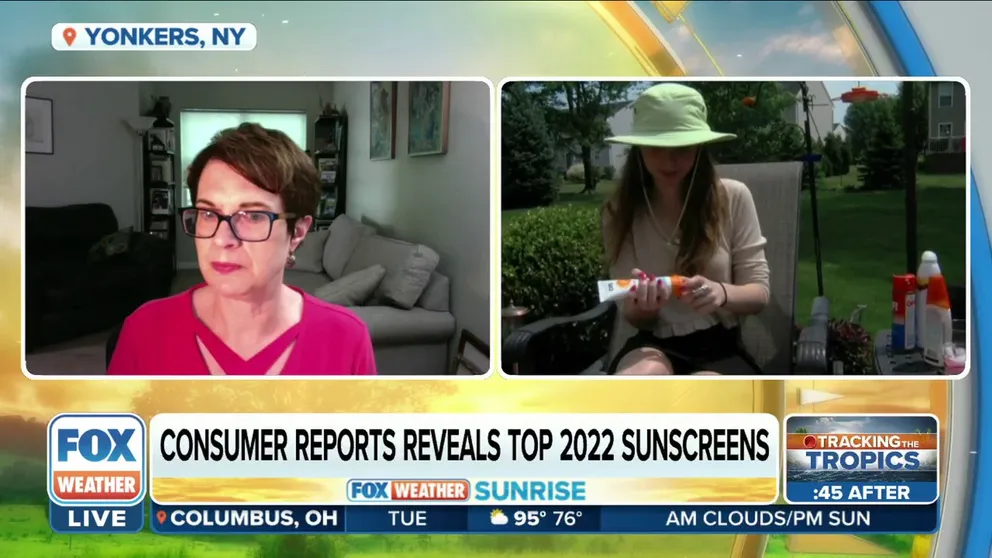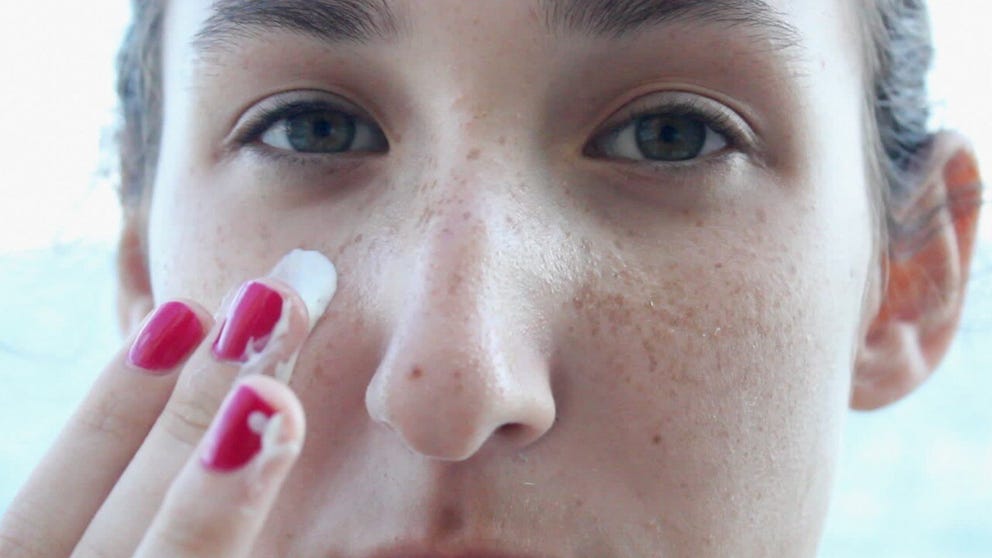6 best sunscreens for your family to lather on this year
Here are some of the top-performing sunscreens, according to Consumer Reports tests
Consumer Reports reveals top sunscreens of 2022
Consumer Reports revealed their top sunscreens of 2022. Trisha Calvo, Deputy Editor for Health & Food at Consumer Reports, joined FOX Weather Sunrise to talk about it more.
It's time to bring out the sunscreen. Warmer temperatures mean we are spending more time outside, having fun in the sun with our family and friends.
Consumer Reports tested sunscreens for SPF, or "sun protection factor," and UVA protection. For an effective product, you need a broad-spectrum sunscreen to really protect your skin.
When most people think sunscreen protection, they think about SPF, which is a measure of UVB protection – the rays that cause sunburn. But shielding against UVA is just as important. UVA rays penetrate deeply into the skin and cause damage that could lead to skin aging and skin cancer. A broad-spectrum protects against both," according to Consumer Reports' deputy editor for health and food Trisha Calvo.
7 THINGS TO KNOW ABOUT SUNSCREEN
"That's really what makes a sunscreen better than another," Calvo said. "Does it have the SPF protection that you need? Does it have the UVA protection that is more than a pass-fail? The degree of UVA protection is very important, and that's why we rate the sunscreens on both UVA and UVB."
Here are some of Consumer Reports' top-performing sunscreens in their tests.
7 things to know about sunscreen
Sunscreen can protect your skin from irreversible damage from the sun. Learn more about how sunscreen can protect you and your family.
Best lotion sunscreens
- Equate (Walmart) Ultra Lotion SPF 50Price: $5
- Kiehl's Activated Sun Protector Lotion SPF 30Price: $32
- La Roche-Posay Anthelios Melt-In Milk Lotion SPF 60Price: $35.99 - $36.99
Best spray sunscreens
- Alba Botanica Hawaiian Coconut Clear Spray SPF 50Price: $9.48 - $15.99
- Sun Bum Spray SPF 50Price: $15.99 - $23.20
- Trader Joe's Spray SPF 50+Price: $14.10

Shelves of sunscreen for sale at Publix grocery store in Florida.
(Jeffrey Greenberg/Universal Images Group / Getty Images)
How sunscreens were tested
Volunteers came into a lab and had sunscreen applied to small areas of their backs. They were asked to soak in water for the amount of time that the sunscreen is supposed to be water-resistant. Small amounts of UV light were then applied to the sections of their backs where the sunscreen was applied.
7 FACTS YOU NEED TO KNOW ABOUT THE UV INDEX TO KEEP YOU SAFE
"They are sent home afterwards, and then the next day, a trained technician examines the skin for redness," Calvo said. "And that's how we test for SPF. For the UVA protection, it’s a lab test and a calculation."
Getting adequate coverage
Any sunscreen is supposed to be reapplied every two hours you're out in the sun or immediately after you've been in water or sweating heavily.
"It doesn't matter what the SPF is," Calvo said. "More frequent reapplication prevents the accumulation of the UV rays, and that happens over a lifetime."
FOUNTAIN OF YOUTH? THESE ARE THE BEST AND WORST STATES FOR YOUR SKIN
For years, sunscreen manufacturers slapped the words "waterproof" and "sweatproof" on their labels. But in 2011, the FDA put an end to such advertising, claiming that they were exaggerated.

Darly Ortega of New York, left, applies sunscreen on the face of her son Sabatian Ortega, 8, upon arriving to the beach in Hollywood, Florida, Thursday, Aug. 23, 2007.
(Emily Harris/Bloomberg / Getty Images)
Some sunscreen products today are dubbed "water-resistant," meaning that they remain effective in the water for 40 or 80 minutes per the FDA, and they are labeled with the amount of time they are water-resistant.
As for the differences in SPF numbers, there is a big difference between an SPF 15 and an SPF 30, according to Calvo.
MANY OF US HAVE A VITAMIN D DEFICIENCY AND DON'T KNOW IT, RESEARCHERS SAY
"But once you get above 30, the differences are smaller. And it's the amount of UV light that is screened out by the product," she said.
For example, an SPF 30 screens out about 95% and an SPF 50 about 97%. Even SPF 100 only screens out 99% of UV light. Nothing screens out 100% of the UV rays, according to Calvo.
CLICK HERE TO GET THE FOX WEATHER UPDATE PODCAST
Be sure to download the FOX Weather app to track the UV Index in your area. The free FOX Weather livestream is also available 24/7 on the website and app and on your favorite streaming platform. The FOX Weather Update podcast also provides weather information for the entire country.

